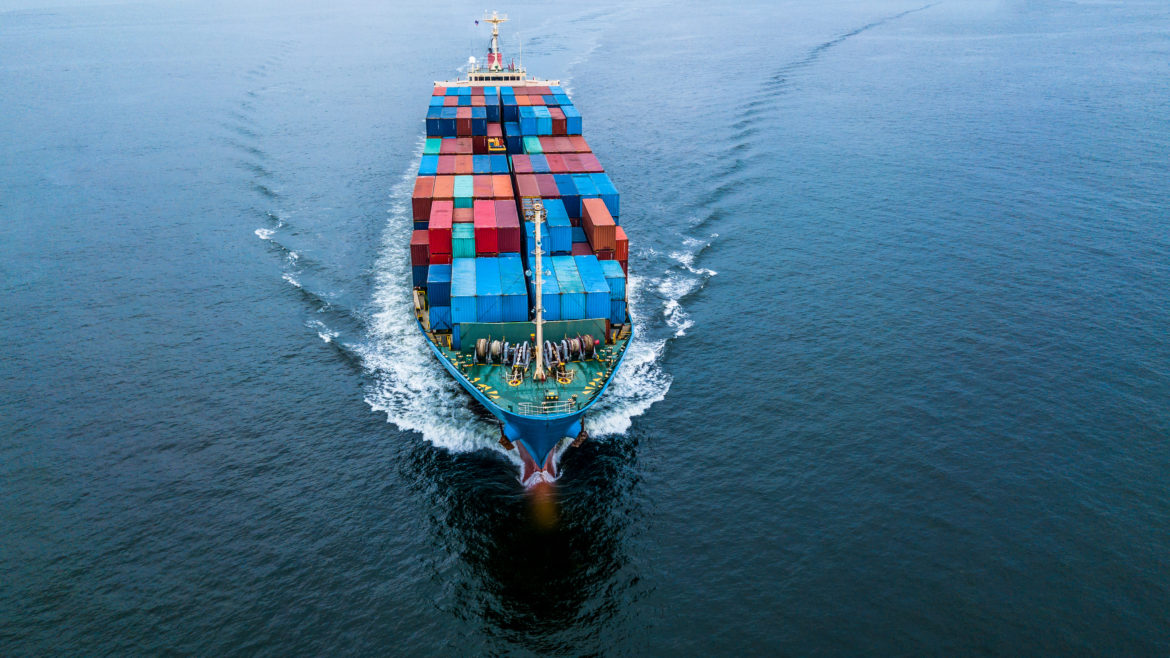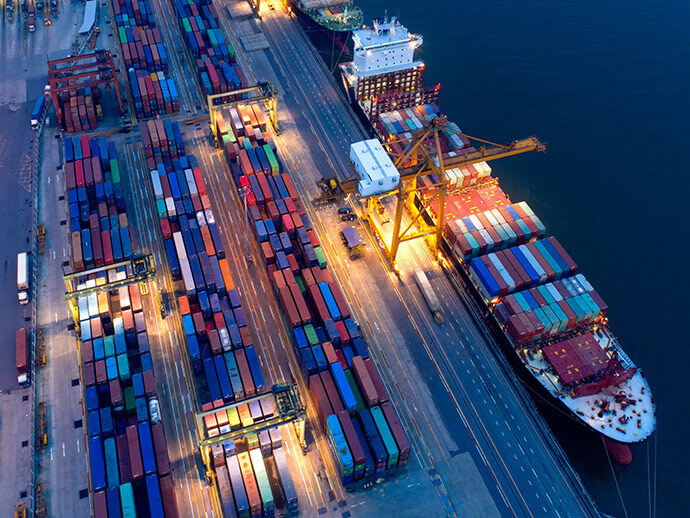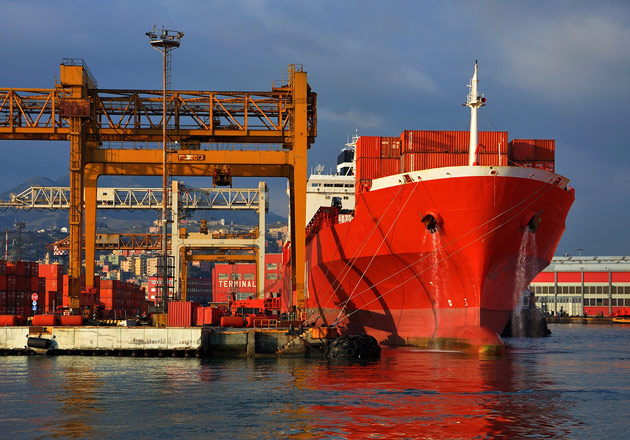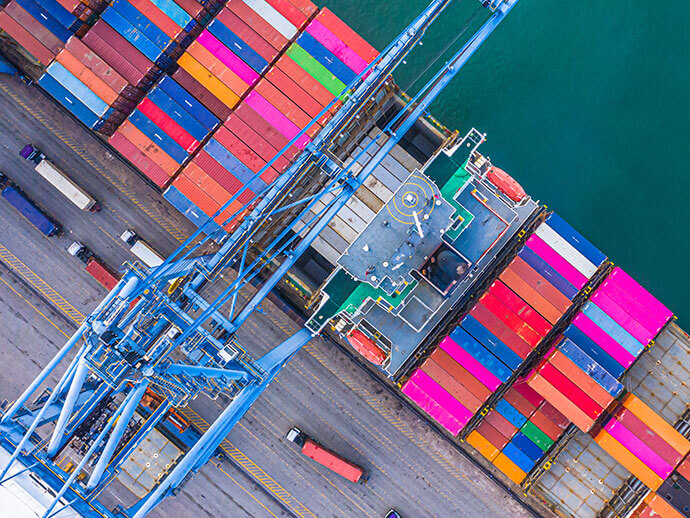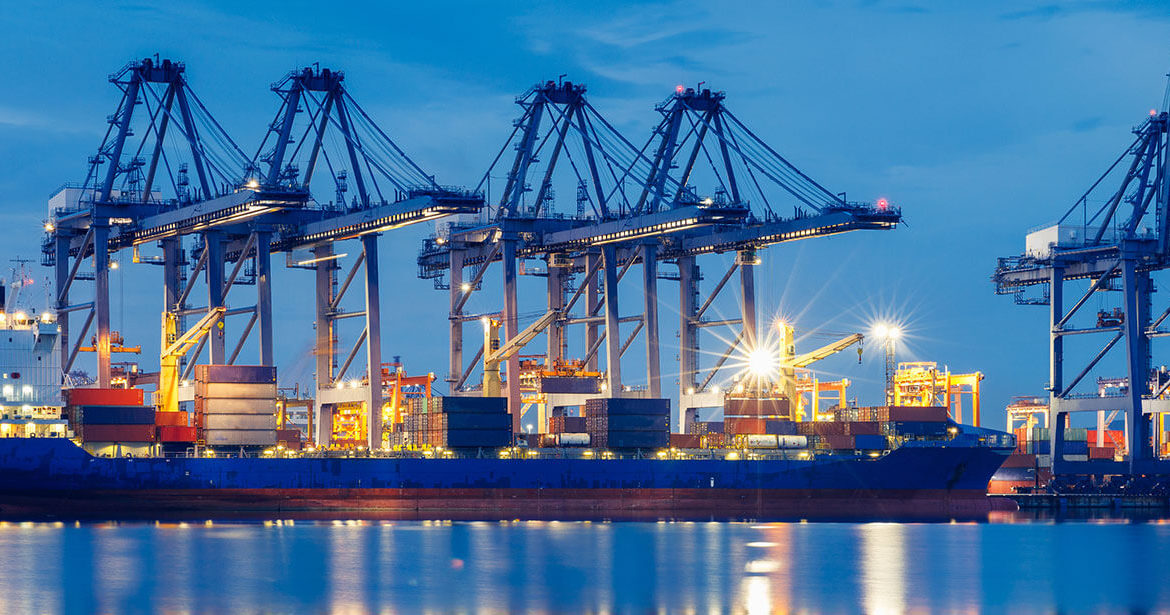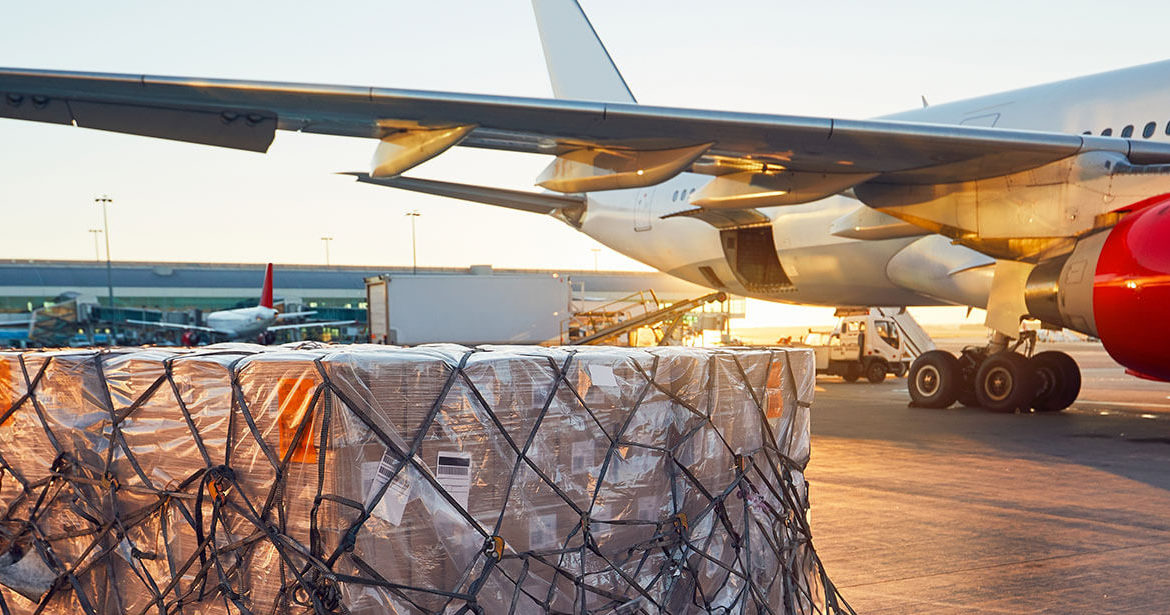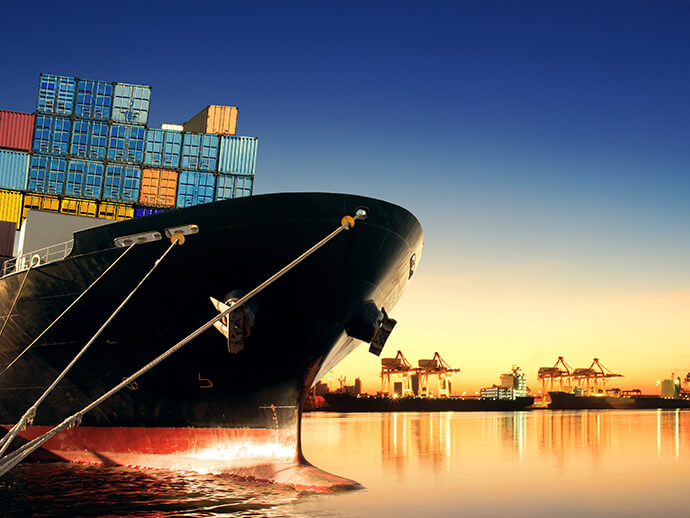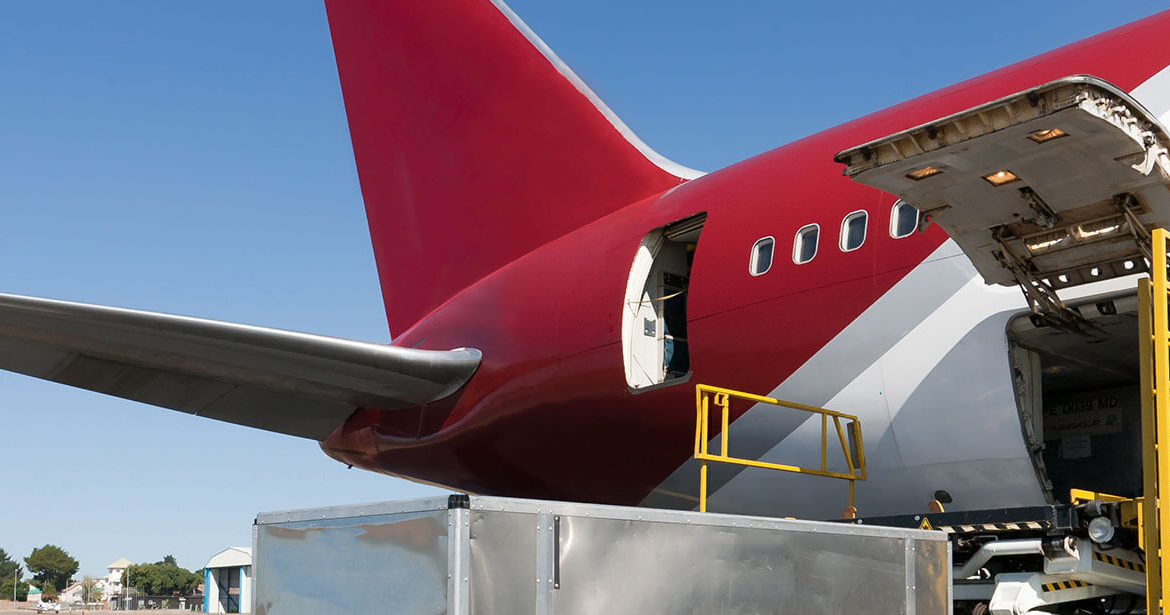Starting off with a look at US container imports, the 10 busiest ports saw a drop in volume of 296,390 TEUs in February 2023 when compared with the previous month. The bad news for the Port of Los Angeles is that it represented 40% of that decline.
The good news is that this isn’t unprecedented. In fact, February’s numbers are a mere 0.3% lower than they were in 2019, pre-pandemic.
Click Here to Read the Full Article
Port owners at the Port of Los Angeles are hoping that they’ll soon iron out a new contract agreement. Their executive director says they’re “pretty confident they’ll see some progress by springtime.”
Negotiations have been going on since last summer, and they haven’t been going all that well, leading to a general feeling of distrust among shippers, who started rerouting shipments to the East Coast.
Click Here to Read the Full Article
Some say the supply chain is repairing itself, and they might be right to some extent—at least on paper. But reality may be a bit out of focus, especially for consumers who still can’t catch a break with COVID generated issues—like insanely escalated shipping costs. Costs that have completely tanked, but since shippers were locked into long-term contracts, consumers are still paying the price. And that isn’t even factoring in inflation.
Click Here to Read the Full Article
In line with the thought above—that the supply chain is healing itself—the New York Federal Reserve Bank stated in early March that the supply chain is back to normal. Again, this may be the case on paper, but realistically? Not so much.
Click Here to Read the Full Article
In a rebuttal to the Fed’s claim that all was back to normal in the supply chain, several analysts are calling them out and saying not so fast, we’re not quite there yet. Referencing other available data sources, their take is that stating things are back to normal is premature. That, in fact, while some issues may be resolving, they are still much worse than they ever were pre-pandemic.



